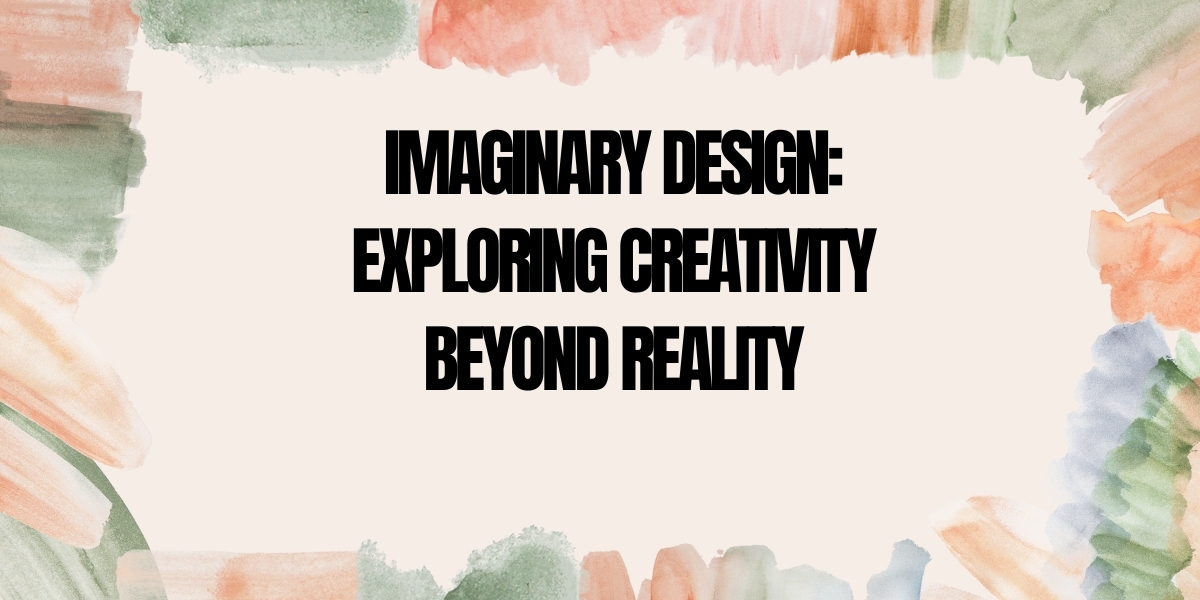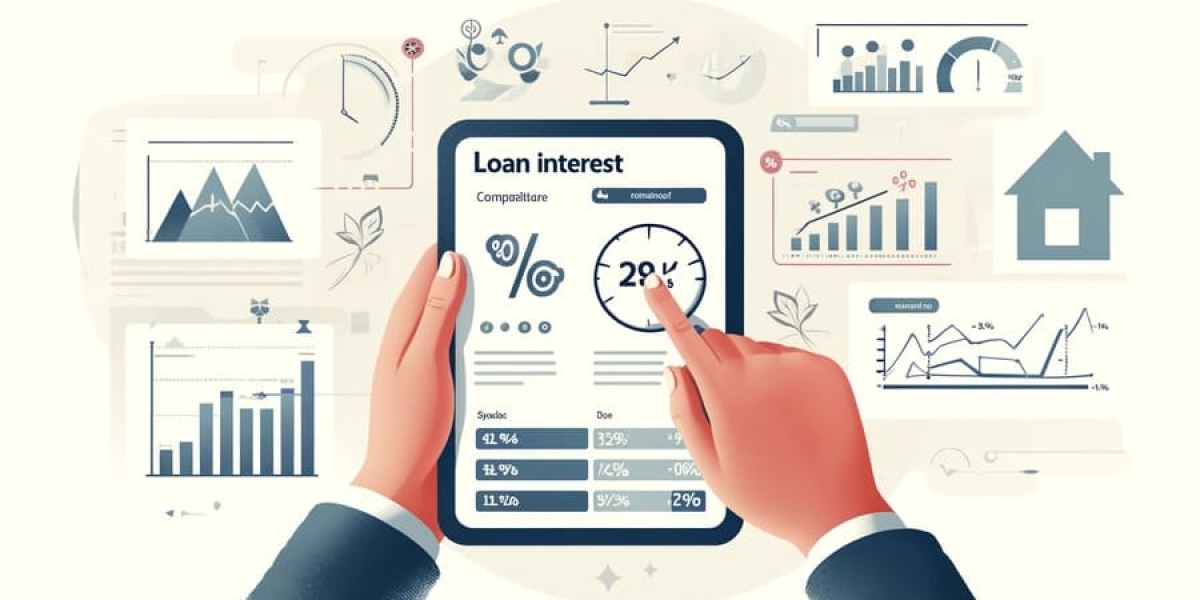Imaginary Design: Pushing the Boundaries of Creativity
Introduction to Imaginary Design
Imaginary design is a concept that goes beyond traditional creativity, exploring ideas, aesthetics, and structures that do not yet exist in the real world. It is a fusion of artistic vision, futuristic concepts, and digital innovation. This type of design is often used in fields such as science fiction, virtual reality, video games, architecture, and conceptual branding. Imaginary design allows creatives to break free from conventional rules and invent worlds, characters, and experiences that challenge perception and inspire new possibilities.
The Essence of Imaginary Design
Imaginary design is rooted in the idea that creativity has no limits. It thrives on the ability to visualize and construct environments, objects, and experiences that are entirely fictional. Designers use imagination to craft visuals and concepts that feel authentic yet remain unattainable in the current reality. From surreal landscapes to futuristic interfaces, imaginary design introduces elements that push the boundaries of artistic expression.
Applications of Imaginary Design
One of the most prominent areas where imaginary design is applied is in entertainment media. Movies, video games, and animated series heavily rely on imaginary design to create new worlds and characters. Science fiction films showcase futuristic cities and extraterrestrial creatures that stem from the minds of visionary designers. Video games offer players immersive experiences in fantasy lands filled with mythical beings, advanced technology, and alternate realities.
Architecture is another domain where imaginary design plays a crucial role. Conceptual architects visualize futuristic buildings, sustainable cities, and floating metropolises, creating blueprints for possible future structures. These designs inspire real-world innovations and set the stage for technological advancements in urban development.
In branding and marketing, imaginary design is used to create unique brand identities that stand out. Companies seeking to differentiate themselves often turn to imaginative concepts that convey innovation, luxury, or futuristic aesthetics. Abstract logos like Texas logo company, surreal advertisements, and out-of-the-box packaging designs are all results of imaginary design.
The Role of Technology in Imaginary Design
Modern technology has significantly enhanced the field of imaginary design. Advanced digital tools enable designers to bring their concepts to life with unprecedented precision. Software such as Adobe Photoshop, Blender, and Unreal Engine allow artists to craft hyper-realistic fantasy landscapes, three-dimensional models, and intricate animations. Artificial intelligence and machine learning have further expanded the capabilities of imaginary design by generating unique visuals, textures, and patterns beyond human imagination. for example website in usa design is difference as compare to website in uk design.
Virtual reality and augmented reality are also transforming imaginary design by creating fully immersive experiences. Users can step into virtual environments, interact with digital elements, and explore worlds that exist only in the designer’s imagination. These technologies are revolutionizing industries such as gaming, fashion, and interior design, providing a new dimension to creative expression.
Challenges in Imaginary Design
Despite its limitless possibilities, imaginary design comes with its own set of challenges. One of the biggest obstacles is balancing creativity with realism. While designers aim to create imaginative worlds, they must ensure that their designs remain visually and functionally coherent. This is especially crucial in gaming and film, where unrealistic elements can break immersion. There are numerous logo creativity in the persons.
Another challenge is keeping up with rapidly evolving technology. As digital tools continue to advance, designers must constantly adapt and learn new techniques to stay relevant. The pressure to create visually stunning and original work also leads to creative fatigue, making it essential for designers to find inspiration and push their artistic boundaries continuously.
The Future of Imaginary Design
The future of imaginary design is promising, with advancements in artificial intelligence, virtual reality, and 3D modeling paving the way for more groundbreaking creations. As technology continues to evolve, designers will have access to even more sophisticated tools that allow them to construct hyper-realistic imaginary worlds. Augmented reality will enable users to experience imaginary designs in real-time, blending fiction with reality in ways never seen before.
Sustainability is another aspect shaping the future of imaginary design. Many designers are incorporating eco-friendly concepts into their work, envisioning futuristic cities with renewable energy, self-sustaining ecosystems, and green architecture. These concepts not only push creative limits but also inspire real-world solutions for a sustainable future.
With the rise of artificial intelligence, designers may collaborate with AI-driven tools to generate innovative patterns, textures, and compositions. AI can analyze vast amounts of data to suggest unique design elements, allowing artists to focus on refining and perfecting their creative visions. This synergy between human creativity and machine intelligence will redefine the landscape of imaginary design. Today you can design any book cover like of amazon books.
FAQs about Imaginary Design
What is imaginary design?
Imaginary design is a creative process that involves conceptualizing and visualizing fictional worlds, objects, and experiences. It is commonly used in entertainment, branding, architecture, and digital media.
How does imaginary design differ from traditional design?
Traditional design focuses on creating functional and practical solutions within existing parameters, while imaginary design explores limitless creative possibilities, often incorporating futuristic and surreal elements.
What industries use imaginary design?
Industries such as film, gaming, architecture, branding, virtual reality, and fashion use imaginary design to create unique and visually striking concepts.
What skills are needed for imaginary design?
A strong imagination, proficiency in digital design software, knowledge of color theory, an understanding of 3D modeling, and the ability to visualize abstract concepts are essential for imaginary design.
What software is commonly used in imaginary design?
Popular software includes Adobe Photoshop, Blender, Unreal Engine, ZBrush, and Autodesk Maya, which help artists create intricate and immersive designs.
Is imaginary design only for digital artists?
No, imaginary design can be applied to various creative fields, including fashion, architecture, and traditional art. While digital tools enhance the process, hand-drawn and sculpted designs also play a significant role.
Can AI be used in imaginary design?
Yes, AI is increasingly being used to generate unique patterns, textures, and concepts, assisting designers in creating more innovative and complex designs.
What is the future of imaginary design?
The future includes greater integration with AI, virtual reality, and sustainability-driven concepts, leading to more immersive and eco-friendly creative solutions.
Conclusion
Imaginary design is a realm where creativity knows no bounds. It challenges designers to think beyond reality and push the limits of what is possible. As technology continues to evolve, the potential for imaginary design grows, offering endless opportunities for innovation and artistic expression. Whether in entertainment, architecture, or branding, imaginary design continues to shape the way we perceive the future and inspires new ways of storytelling and visual communication. Today imaginary content writing can also be done quiickly.






